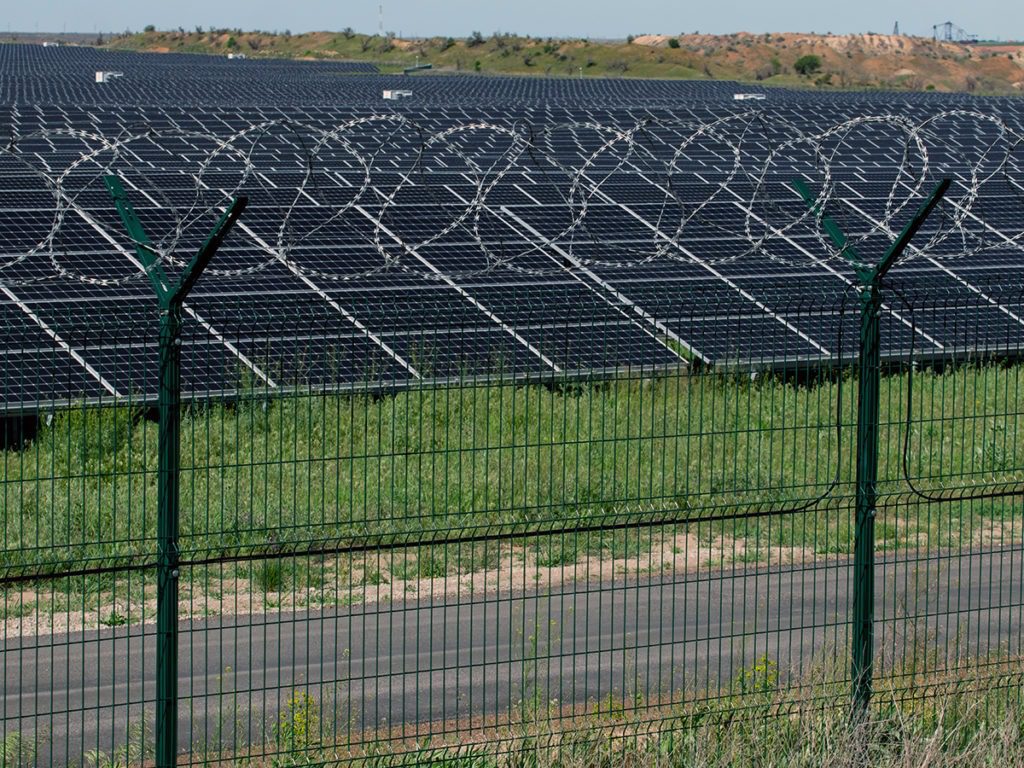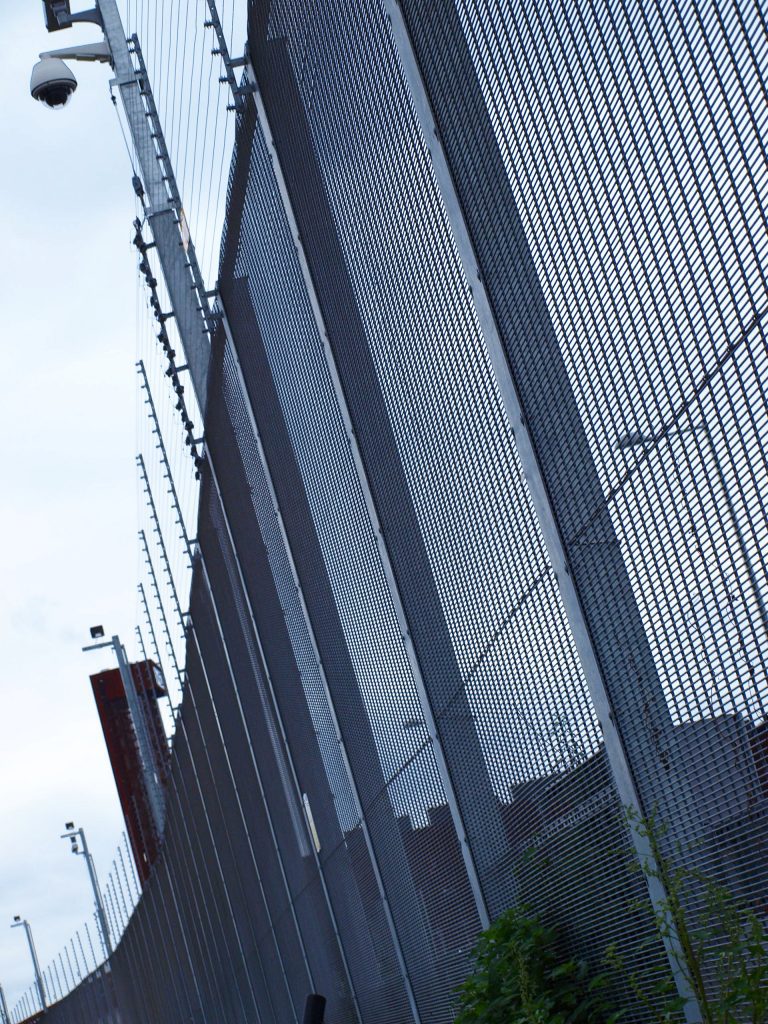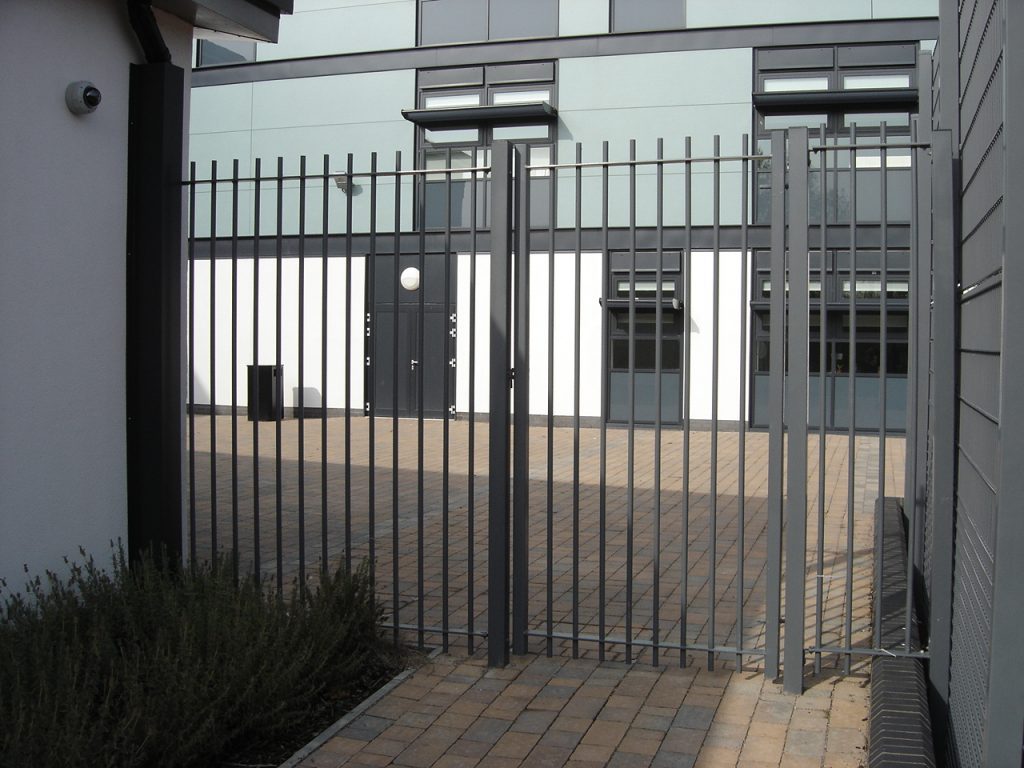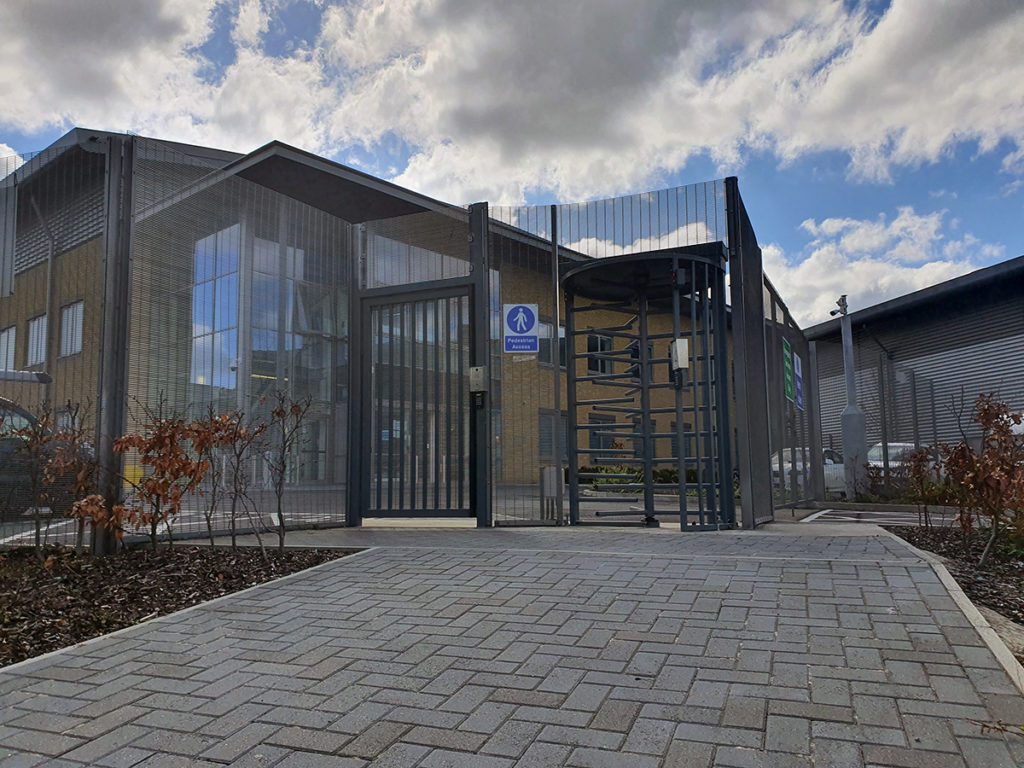With the last 2 years bringing global upheaval; from the COVID-19 Pandemic to the War in Ukraine, the focus on physical security has never been more prominent. In our latest thought piece, we explore the future of physical security and what it means for the protection of people, assets, and business continuity in the coming years.
Critical National Infrastructure (CNI)
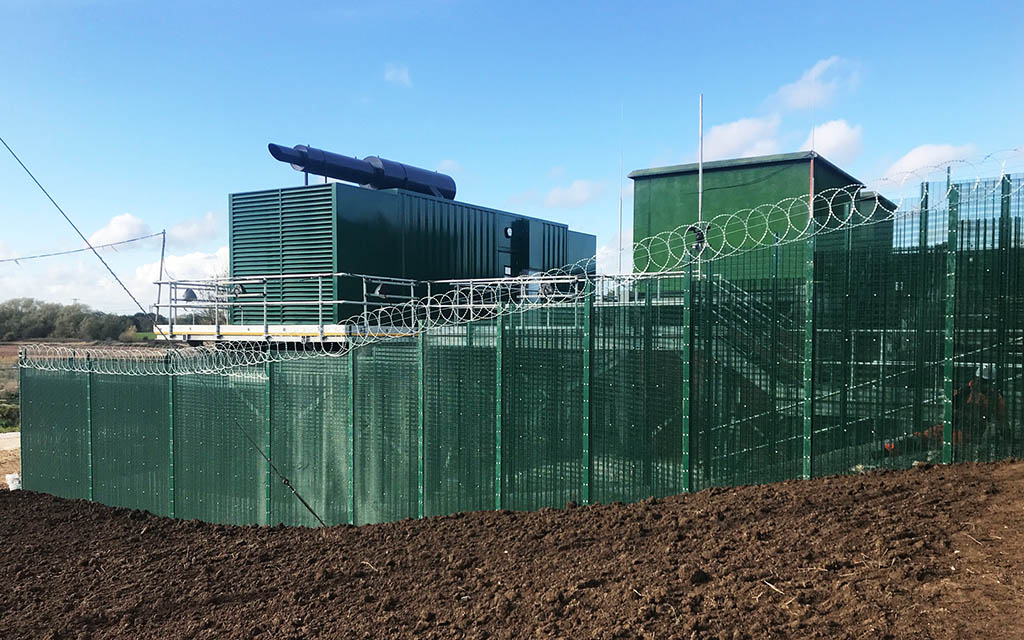
From railways to pipe-lines and utilities, the protection of Critical National Infrastructure has always been at the heart of the United Kingdom’s response to physical security. Analysis of the latest threat from crime and ‘State-sponsored Terrorism’ has led to the continued development of new physical security solutions. Enabling a handful of products to hold a revered space in the Catalogue of Security Equipment (CSE) proving that they have obtained the highest level of protection against physical attacks in the UK and are approved for UK Government Use – Contact CPNI for further information.
The United Kingdom has long been regarded as the pinnacle of physical security innovation and risk mitigation. In part due to protecting against ‘domestic terrorism’ across Northern Ireland and mainland Britain, ‘religious fanaticism,’ and elevated levels of ‘guerrilla’ demonstrations and protesting concerning the impact of climate change on the planet in recent years. This had led to a constant evolution of physical security products to combat the challenges of an ever-changing threat landscape.
However, the adoption of these physical security products to combat risk in other countries around the world varies greatly. German rail operator Deutsche Bahn recently reported that key communication cables at two locations had been damaged through ‘intentional interference’. The locations, one outside Berlin and another in the western state of North Rhine-Westphalia have led authorities “to assume intentional acts” were behind the rail disruption as cables were severed at two locations.
This failure of physical security to deter, detect and delay ‘saboteurs’ to give the authorities time to respond, resulted in Deutsche Bahn having to stop trains running in the north for three hours removing a piece of Critical National Infrastructure from the country. This ‘act of sabotage’ happened only weeks after ‘attacks’ on Nord Stream 1 and 2 in the Baltic Sea, which saw explosions occur in the vicinity of the pipelines with experts saying, “the scale of the damage and the fact that the leaks are far from each other on two different pipelines indicate that the act was intentional and well-orchestrated”.
As we look to the future, the protection of Critical National Infrastructure will require a suite of physical security solutions to be deployed. The adoption of a globally tested and certified security standard needs to be a driving factor in supporting the correct physical security being used at the right time and in the right place. In 2019, the Loss Prevention and Certification Board (LPCB) took steps to develop a new physical security standard that no longer thought in a linear view. The LPS 1175 Issue 8 promotes “deter, detection, and delay” at its core but recognises that you may have to defend against attack tools such as the latest 54v cordless work tools for a reduced time to the old SR7 attack time of 10 minutes.
Offering the ability to be evaluated and certified to G1, G3, or G5 for example, enables the testing of the right tools for the right amount of delay on new physical security products. This opens the future of physical security by allowing the security consultants to have a wealth of new systems and solutions that previously would have been classed as having failed the 10-minute test. Building this into the protection of Critical National Infrastructure will be the deciding line between a protected site and one that is vulnerable to attack. manufacturers, security consultants, and clients need to work together to know what threats are and for how long they need to protect against them, so that physical security can stand the test of time and continue to be the best defence against attacks.
Data
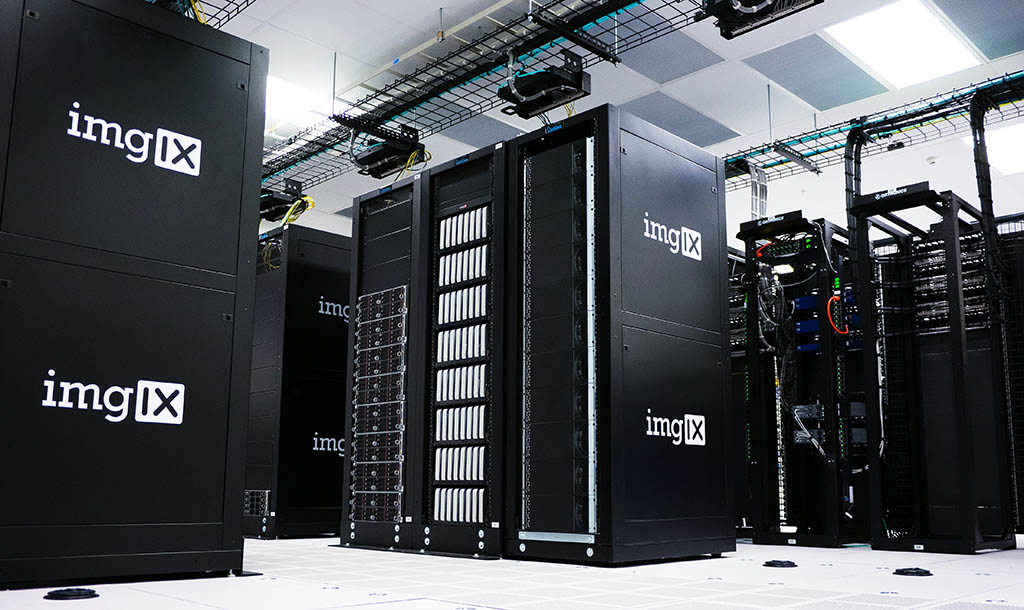
If knowledge is king, then data theft is stealing the crown jewels. In 2022 there were 97 zettabytes of data created, captured, copied, and consumed worldwide, by 2025 this is expected to almost double to 181 zettabytes. If we consider that one zettabyte is the equivalent of 1,099,511,627,776 gigabytes, the implication of how much data must be secured is terrifying. A 1GB SD card, can store up to 30 hours of digitally compressed music, more than 320 minutes of MPEG-4 compressed video or more than one thousand high-resolution digital images.
To store this increase in ‘cloud’ data, we will still require the creation of new physical data centres. At the end of 2021, there were 728 hyperscale data centres in operation globally; by 2026 this is expected to be over 1200. Not only is the number of these facilities growing but so is their capacity. “As the installed base of operational data centres continues to grow each year at double-digit percentage rates, the capacity of those data centres will grow even more rapidly as the average size increases and older facilities are expanded.”
The protection of data has often been seen as a cyber security issue rather than a physical security one. However, in the Verizon 2022 Data Breach Investigations Report, 82% of breaches involved the Human Element, including social attacks, errors, and misuse. This places the continued reliance on physical security at the forefront of the future of data security.
Data centres not only have to defend the cyber landscape they must defend the physical one as well. The latest in multi-threat protection for physical security needs to be deployed to offer both Hostile Vehicle Mitigation and delay against forced entry at the same point. Higher and higher levels of physical security are being deployed to deter attacks, and when attacked offer longer levels of delay so a physical response can be deployed.
The risk of wholesale data loss means that the future of physical security will continue to be a cornerstone requiring the latest innovations to protect the almost double zettabytes in the coming years. We are starting to see this now, and the market will only continue to grow in the future.
Cost of Living
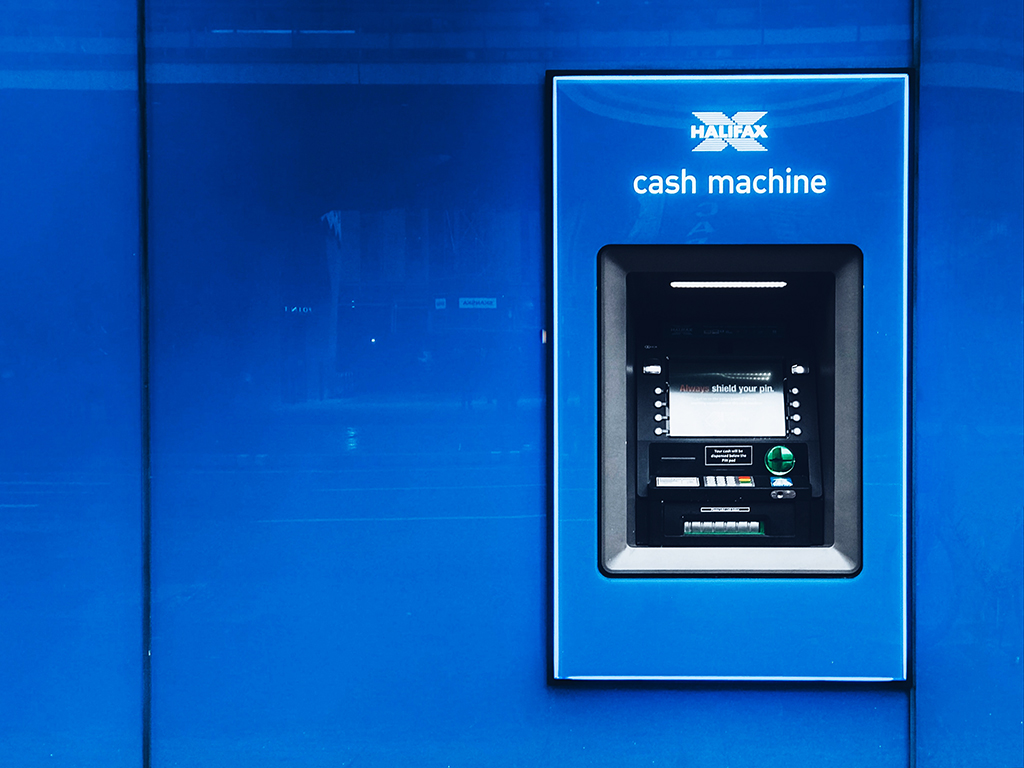
With reports of a global recession ringing loud across the mainstream media, will physical security play a part in the protection of the economy? Thankfully, the fear of increased crime during a recession is seen as a paradox.
Dr Siddhartha Bandyopadhyay, Senior lecturer in Economics, Department of Economics, University of Birmingham said “Socio-economic factors of course matter but their impact on crime is more complex. Unemployment may increase crime as unemployed people often have fewer options, but unemployment is also accompanied by people spending less which means there is less to steal. Further, with more people at home rather than at work, the property is left unguarded less often making it more difficult to steal. Average earnings also have an ambiguous effect on crime. Increased earnings suggest people do not need to steal but at the same time, it also implies greater spending on goods that can become targets for theft. Hence, the combined effect of unemployment and depressed wages may paradoxically reduce crime.”
However, the rise in organised crime against businesses rather than persons seems to be on the increase. Crime such as ram-raiding has been increasing in recent months as the cost-of-living crisis seems to deepen. Detective Chief Inspector Chris O’Brien (Cambridgeshire Police) said, “the intelligence we have, we believe ATM thefts are likely to increase in the coming months and are therefore launching a pro-active policing response.”
During COVID-19 Pandemic the use of physical cash dropped, however with the cost-of-living crisis a resurgence in physical cash has begun, meaning that ATMs must store more in them. The Post Office, which has 2,700 ATM locations across the country, said its branches oversaw a record £801m (€948m) in cash withdrawals in July. That is up almost 8% compared to June and 20% from the same period last year.
With an increase in cash held and reports that police expect more ram-raids over the coming months the use of physical security such as HVM solutions is a key aspect of protecting the economy. Removing the ability of a vehicle to ‘attack’ the machine deters robberies at rural locations. But ATM theft is not the only area we must look at to see the future of physical security during a cost-of-living crisis.
Distribution, warehouses, and logistic centres now hold more stock than ever before making them ideal targets for criminal gangs. Supply chain disruptions caused by the pandemic, the war in Ukraine, and the Suez Canal blockage in 2021 have left global companies scrambling to find warehouse space closer to their home markets. These warehouses need to be able to protect against the threat of theft.
In recent years, a move from the cheapest physical security products to higher security-rated solutions has resonated across the industry. Whereas once standard V-Mesh fencing systems may have surrounded these massive sites, now LPS 1175 A1 fencing systems are the common go-to system of choice for the companies and insurance companies underwriting the development.
As the situation evolves, the new norm will continue to play a major part in the future of physical security as further developments must not be seen to be weaker than existing ones.
Conclusion
Whilst only scratching the surface of the future of physical security, it can be seen to combat future threats and growing demand, innovations and new ways of working will be required. From a collective point, early engagement between clients, security consultants, emergency services, installers, and manufacturers can create a landscape that can deal with the latest threats.
Being able to combat threats at their inception offers a higher level of future safety and security. The sharing of information and lessons learned should not be restricted to post-incidents but used in the planning and development of the future of physical security. Working with best practices that are constantly reviewed and feeding back the latest challenges will enable an innovative and bright future for physical security.

